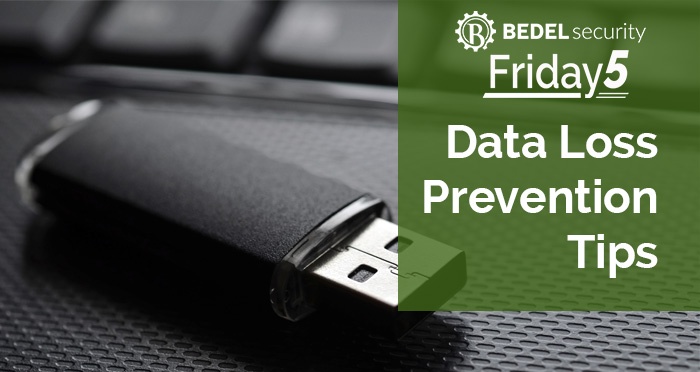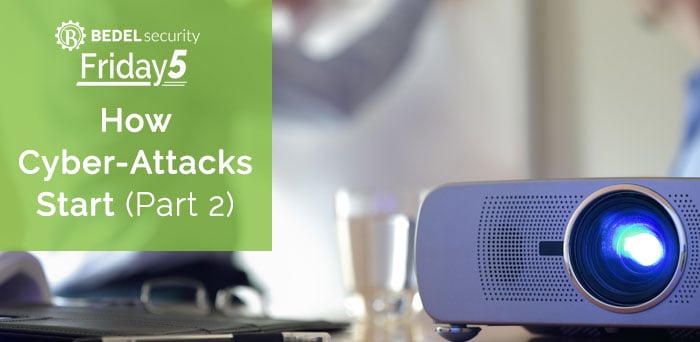Mobile Device Security
Work and personal lives continue to blend as many employees are working from home and social distancing. Mobile devices, specifically phones, are...


We have been asked recently by several customers to look at the risk that data loss represents to an institution. It is an interesting journey each time because we are all conditioned by DLP (Data Loss Prevention) vendors to think of data loss through their lens, but the filters they apply often gloss over loss scenarios that they do not support.
We have found that it is best to take a vendor-agnostic approach, and to start by trying to identify all of the ways that data can be removed from the organization. We usually find that the “single bullet” DLP systems often leaves gaps that need to be remediated in other ways.
This week, we will look at just a few of the data loss vectors that you should consider when researching a new or existing DLP system, and a few other controls you can consider for each:
Bedel Security helps institutions understand and control information security risk each day. If you are interested in assessing the risk of data loss or any other information security risks drop us a line anytime.

Work and personal lives continue to blend as many employees are working from home and social distancing. Mobile devices, specifically phones, are...

In Part 1 of this series we started to look at some of the tactics that attackers use to initially gain access to systems in your institution. The...